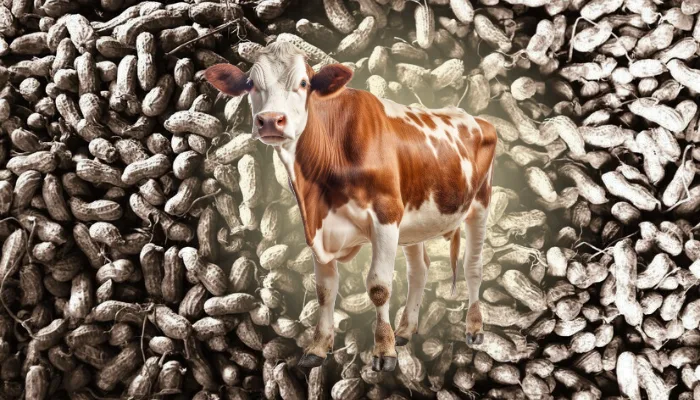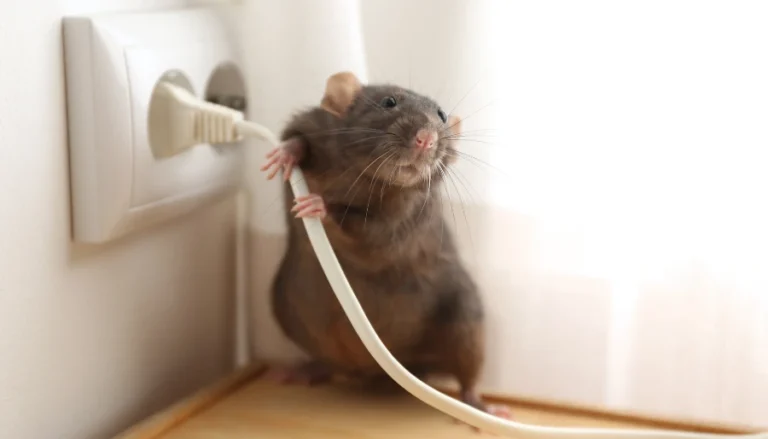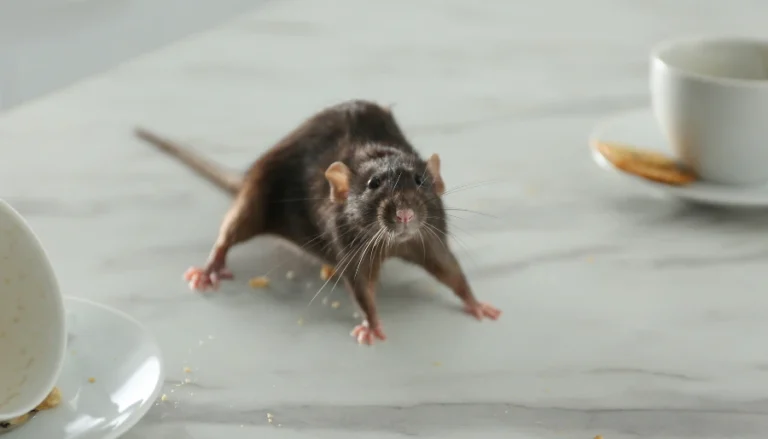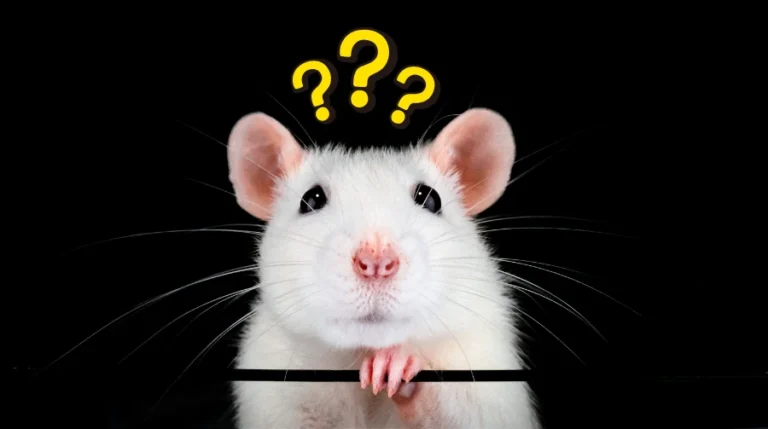In the bustling labs of the Agricultural Research Service in Raleigh, North Carolina, chemist Ondulla Toomer has sparked a compelling inquiry: How can we repurpose the millions of peanut skins discarded in the food production process? These peanut skins, often dismissed as waste and sent to landfills, are actually bursting with nutritional value that has largely gone unnoticed.
Nutritional Gold in Peanut Skins
Peanut skins, despite their seemingly insignificant appearance, are packed with essential nutrients. Here’s a closer look at what they offer:
- Protein: Essential for the growth, repair, and maintenance of body tissues.
- Carbohydrates: A key source of energy.
- Fats: Contribute to the overall energy content.
- Fiber: Supports digestive health and maintains gut flora.
- Minerals and Vitamins: Play vital roles in various bodily functions.
Notably, peanut skins are rich in bioactive compounds, particularly antioxidants. These compounds are crucial for combating oxidative stress in the body, with peanut skins showing antioxidant levels comparable to those found in green tea and grape skins.
Revolutionizing Livestock Nutrition
Research into animal nutrition has uncovered the potential benefits of incorporating peanut skins into poultry diets. The challenge lies in the presence of tannins within the skins, which can inhibit protein digestion. Scientists are currently investigating how low inclusion rates (around 4%) might provide a safe, beneficial addition to feed, without the negative effects of tannins.
Amid concerns about peanut allergies, studies are being conducted to determine if proteins from peanut skins could transfer to poultry products like eggs and meat. Results so far are promising, indicating no detectable allergenic proteins in products from poultry fed peanut skin-enhanced diets. This research could pave the way for safer, more nutritious livestock products.
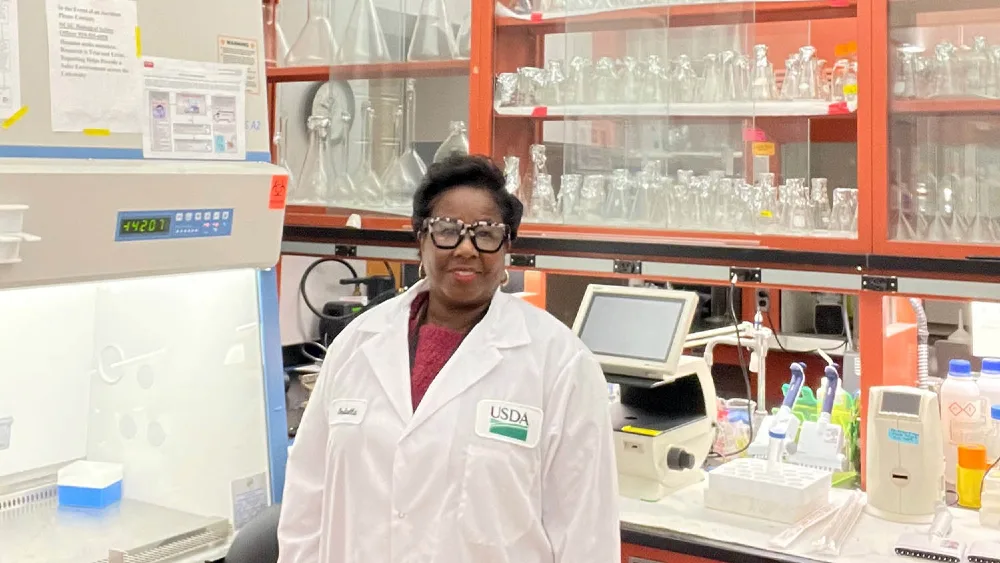
Exploring the Spectrum of Peanut Skin Benefits
Peanut skins come in a variety of colors, each potentially offering distinct health advantages. Research into the bioactive compound concentrations across different colored skins—red, tan, brown, white, black, and variegated—aims to tap into their unique nutritional profiles. This exploration could lead to the development of functional foods and feed additives tailored to specific health benefits.
Creating a Sustainable Future
Toomer’s pioneering work contributes to the U.S. Department of Agriculture’s goals of enhancing the productivity, processing, and nutritional value of peanuts and other crops. By converting peanut skins from waste into a resource, this research offers a sustainable solution that benefits the agricultural sector, consumers, and the environment alike.
More To Discover
- The Alarming Disappearance of Amphibians: A Global Cry for Help That Will Deeply Affect Us If We Ignore It
- Wood Dust Solution Traps up to 99.9% of Microplastics in Water, A Potential Game-Changer Against Pollution
- Saving the Northern Spotted Owl May Require Killing Barred Owls
- Fusion Energy: The Key to Completing the World’s Net Zero Mission, Says Industry Leader
Expanding the Horizon
To further understand and utilize the nutritional potential of peanut skins, continued research could explore:
- Optimization of Extraction Methods: Developing efficient methods to extract bioactive compounds from peanut skins for use in animal feed and human food supplements.
- Sustainability Studies: Evaluating the environmental impact of utilizing peanut skins in feed, including potential reductions in waste and greenhouse gas emissions.
- Economic Analysis: Assessing the cost-effectiveness of processing peanut skins for feed use, including potential savings for farmers and feed manufacturers.
- Broader Application in Livestock: Expanding research beyond poultry to include swine, cattle, and fish, exploring the benefits and safety of peanut skins in various animal diets.







